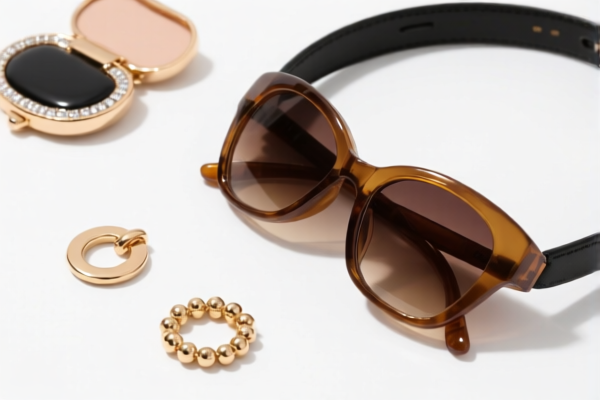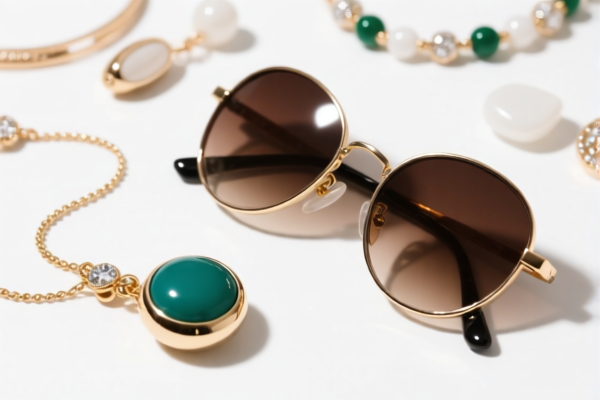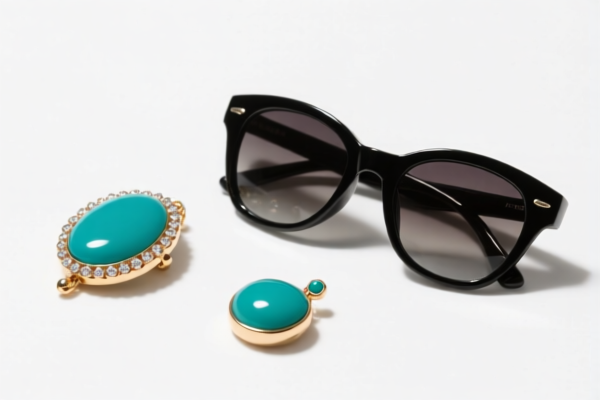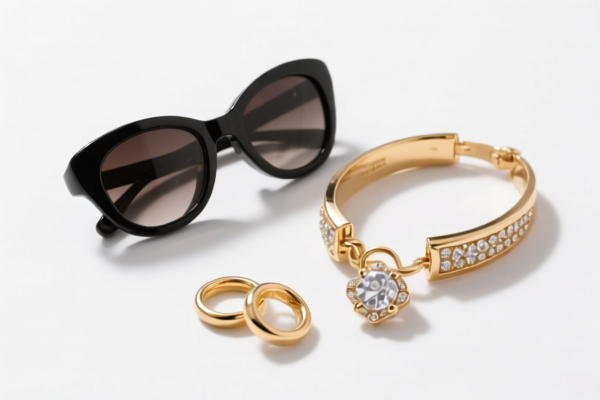| HS Code | Official Doc | Tariff Rate | Origin | Destination | Effective Date |
|---|---|---|---|---|---|
| 9209918000 | Doc | 41.7% | CN | US | 2025-05-12 |
| 9209998000 | Doc | 42.8% | CN | US | 2025-05-12 |
| 9202902000 | Doc | 42.0% | CN | US | 2025-05-12 |
| 9202904000 | Doc | 46.2% | CN | US | 2025-05-12 |
| 8308909000 | Doc | 57.7% | CN | US | 2025-05-12 |
| 8308903000 | Doc | 55.0% | CN | US | 2025-05-12 |
| 8306100000 | Doc | 35.8% | CN | US | 2025-05-12 |
| 8306290000 | Doc | 30.0% | CN | US | 2025-05-12 |
| 7326908688 | Doc | 82.9% | CN | US | 2025-05-12 |
| 7326901000 | Doc | 80.0% | CN | US | 2025-05-12 |
| 4823901000 | Doc | 55.0% | CN | US | 2025-05-12 |
| 4823902000 | Doc | 55.0% | CN | US | 2025-05-12 |
| 4821102000 | Doc | 55.0% | CN | US | 2025-05-12 |
| 4821104000 | Doc | 55.0% | CN | US | 2025-05-12 |
| 3926903000 | Doc | 59.2% | CN | US | 2025-05-12 |
| 3916902000 | Doc | 58.1% | CN | US | 2025-05-12 |
| 3916903000 | Doc | 61.5% | CN | US | 2025-05-12 |




Guitar Accessories
Guitar accessories encompass a wide range of supplementary items used to enhance playability, maintain instrument condition, modify sound, or facilitate transportation and storage of guitars. They cater to both acoustic and electric guitars, with significant overlap but also specialized components.
Categories & Common Types
Accessories can be broadly categorized by their primary function:
1. String-Related:
- Strings: Available in various materials (steel, nylon, bronze, phosphor bronze, nickel, etc.) and gauges (thicknesses) impacting tone and playability. Electric guitar strings are often categorized by winding type (roundwound, flatwound, half-round).
- String Winders: Tools for efficiently changing strings.
- String Cutters: Used for trimming excess string length.
- String Lubricants/Cleaners: Extend string life and reduce friction.
2. Playability & Maintenance:
- Picks (Plectrums): Used to strike the strings, available in diverse materials (celluloid, nylon, Delrin, metal), shapes, thicknesses, and textures.
- Capos: Clamps onto the fretboard to raise the pitch of all strings simultaneously, allowing for playing in different keys without changing chord shapes.
- Slides: Cylindrical objects (glass, metal, ceramic) used to glide along the strings to create a smooth, gliding tone, common in blues and slide guitar techniques.
- Fingerstyle Picks/Thumb Picks: Used in fingerstyle playing to provide a clearer attack.
- Guitar Grips: Applied to the neck to improve comfort and control.
- Fretboard Conditioners/Oils: Maintain the wood of the fretboard, preventing drying and cracking.
- Polishes/Cleaners: Remove dirt and grime from the guitar’s body and finish.
- Guitar Cloths: Soft cloths for cleaning and polishing.
3. Electronic & Signal Enhancement (Primarily Electric Guitars):
- Cables: Connect the guitar to amplifiers or other devices. Shielded cables reduce noise.
- Pedals: Effects units that alter the guitar's sound (distortion, overdrive, reverb, delay, chorus, etc.).
- Power Supplies: Provide power to effects pedals.
- Volume Pedals: Control the guitar's volume with a foot pedal.
- Pickups: Transducers that convert string vibrations into electrical signals. (Replacement pickups significantly alter tone).
4. Modification & Customization:
- Knobs: Replace existing knobs on guitars for aesthetic or functional purposes.
- Strap Buttons: Secure the guitar strap to the instrument.
- Tremolo Arms (Whammy Bars): Used to alter pitch dynamically on guitars equipped with a tremolo system.
- Tuners/Machine Heads: Used to adjust string tension and tune the guitar. (Upgraded tuners improve tuning stability).
5. Transportation & Storage:
- Cases (Hard & Soft): Protect the guitar from damage during transport.
- Gig Bags: Lightweight, padded bags for carrying the guitar.
- Stands: Support the guitar when not in use.
- Guitar Straps: Secure the guitar to the player’s body.
- Humidifiers: Maintain optimal humidity levels for acoustic guitars, preventing cracking.
- Guitar Wall Hangers: Mount the guitar on a wall for display and storage.
Usage Scenarios
- Beginner Guitarists: Typically require picks, a tuner, a strap, and a gig bag.
- Performing Guitarists: Require cables, pedals, power supplies, a reliable strap, and a sturdy case.
- Recording Guitarists: Require high-quality cables, potentially specialized pickups, and a variety of pedals.
- Acoustic Guitar Owners: Require cases, humidifiers, and fretboard conditioners.
- Electric Guitar Owners: Benefit from a wider range of electronic accessories and modification options.
Material Considerations
Accessories are constructed from a diverse range of materials:
- Plastic/Celluloid/Delrin: Commonly used for picks, knobs, and some casings.
- Metal: Used for tuners, strings, strap buttons, tremolo arms, and pedal housings.
- Wood: Used for some cases, stands, and fretboard conditioners.
- Leather/Nylon: Used for straps and gig bags.
- Rubber/Foam: Used for padding in gig bags and cases.
- Electronics: Used in pedals, tuners, and pickups.
Guitar accessories encompass a range of items used with guitars, including parts and components. Based on the provided information, the following HS codes are relevant:
-
9209918000: This HS code falls under Chapter 92 ("Musical instruments; other, including accordions; and parts thereof"). Specifically, it covers "Parts (for example, mechanisms for music boxes) and accessories (for example, cards, discs and rolls for mechanical instruments) of musical instruments; metronomes, tuning forks and pitch pipes of all kinds: Other: Parts and accessories for pianos." While primarily focused on pianos, the broader category includes accessories for musical instruments. The tariff details are: a base tariff of 4.2%, an additional tariff of 7.5%, and an additional tariff of 30.0% after April 2, 2025, resulting in a total tariff of 41.7%.
-
9209998000: Also within Chapter 92, this HS code covers "Parts (for example, mechanisms for music boxes) and accessories (for example, cards, discs and rolls for mechanical instruments) of musical instruments; metronomes, tuning forks and pitch pipes of all kinds: Other: Other: Other." This is a more general category for musical instrument parts and accessories not specifically listed elsewhere. The tariff details are: a base tariff of 5.3%, an additional tariff of 7.5%, and an additional tariff of 30.0% after April 2, 2025, resulting in a total tariff of 42.8%.
-
9202902000: This HS code falls under Chapter 92 and covers "Other string musical instruments (for example, guitars, violins, harps): Other: Guitars: Valued not over $100 each, excluding the value of the case." This applies to guitars valued at or below $100. The tariff details are: a base tariff of 4.5%, an additional tariff of 7.5%, and an additional tariff of 30.0% after April 2, 2025, resulting in a total tariff of 42.0%.
-
9202904000: Also within Chapter 92, this HS code covers "Other string musical instruments (for example, guitars, violins, harps): Other: Guitars: Other." This applies to guitars not meeting the criteria of HS code 9202902000. The tariff details are: a base tariff of 8.7%, an additional tariff of 7.5%, and an additional tariff of 30.0% after April 2, 2025, resulting in a total tariff of 46.2%.
It is important to note that the applicable tariff rates are subject to change, particularly after April 2, 2025, due to the additional tariffs. The specific HS code to use will depend on the type and value of the guitar accessories being imported.
Customer Reviews
No reviews yet.